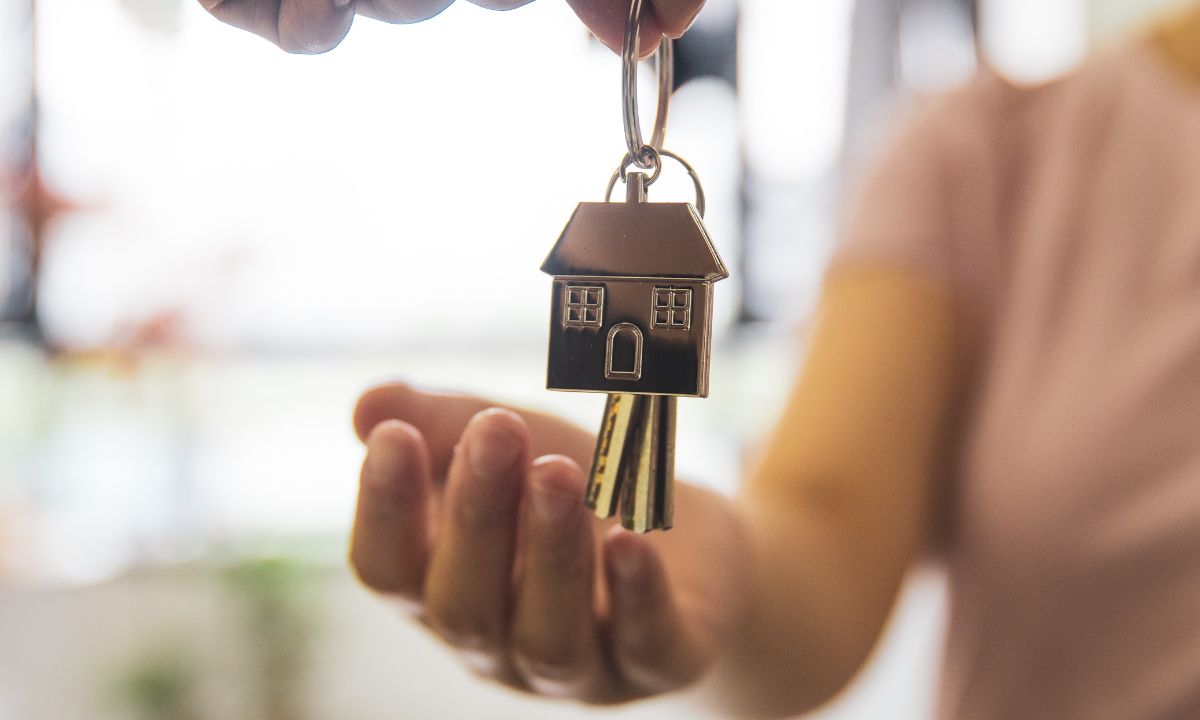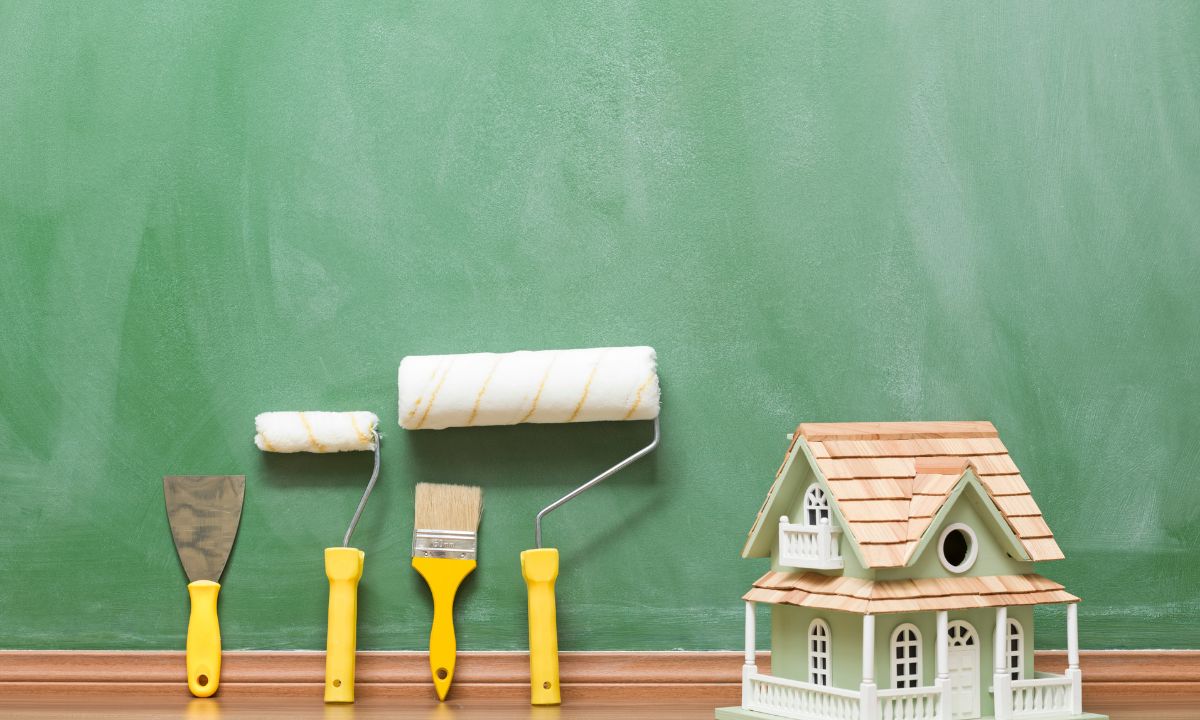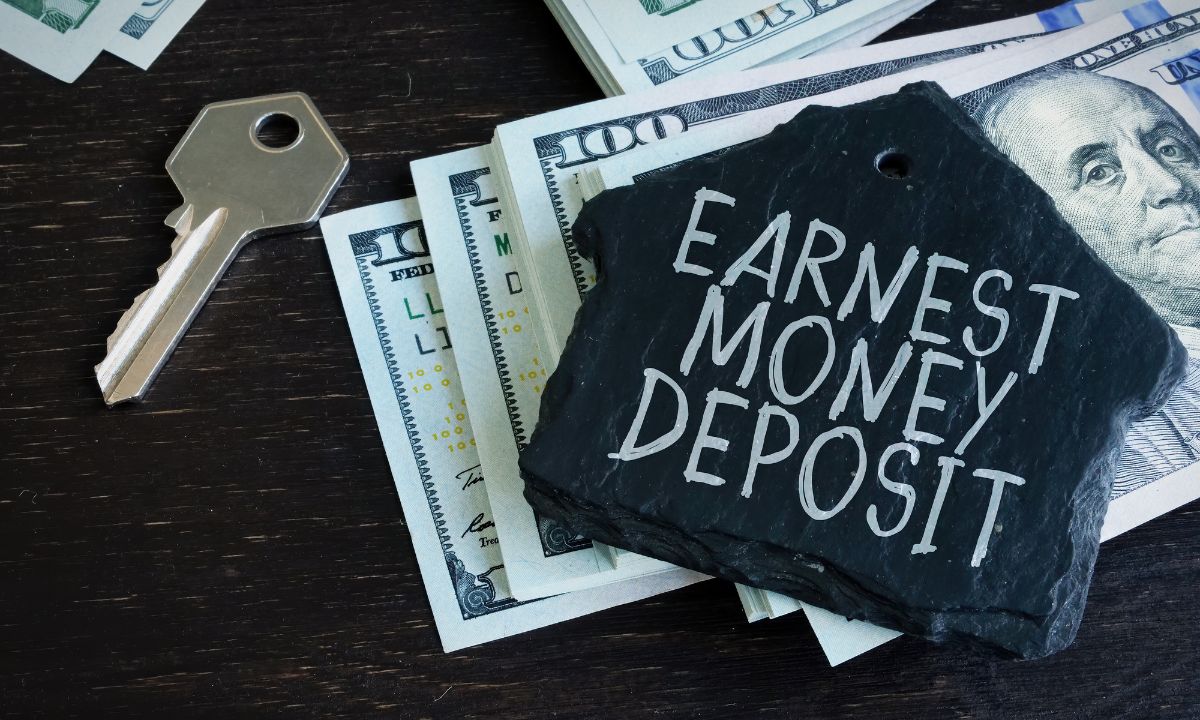 Moving to a new home is an exciting milestone, but in the middle of packing boxes and planning logistics, the task of transferring utilities often slips through the cracks. Skipping this essential step can lead to unwanted stress, unexpected service interruptions, and even extra charges. To help you avoid those issues, here’s a guide on transferring your utilities without a hitch during a move.
Moving to a new home is an exciting milestone, but in the middle of packing boxes and planning logistics, the task of transferring utilities often slips through the cracks. Skipping this essential step can lead to unwanted stress, unexpected service interruptions, and even extra charges. To help you avoid those issues, here’s a guide on transferring your utilities without a hitch during a move.
1. Create a Utility Checklist
The first step is to make a checklist of all the utilities you currently use in your home. These commonly include:
- Electricity
- Water
- Gas
- Internet and cable
- Phone services
This checklist will serve as your roadmap, ensuring no service is overlooked when coordinating the move.
2. Notify Utility Providers Early
Get in touch with your utility service providers at least two weeks before your move. Each company will have different requirements for transferring or disconnecting services, so it’s important to ask for specific instructions. Some providers may need more lead time, while others only require a few days’ notice. Make sure you have your new address and moving date ready to provide.
3. Schedule Disconnect and Reconnect Dates
Once you’ve informed your utility companies, it’s time to schedule disconnect dates for your current home and connection dates for the new one. Plan for a smooth transition by ensuring the services at your new home are activated before you arrive, especially for essential utilities like electricity, water, and internet. You wouldn’t want to arrive at your new home and find yourself without power or internet!
4. Arrange Final Meter Readings
For services like electricity, gas, and water, arrange a final meter reading on the day you move out. This ensures that your last bill reflects only your usage and protects you from being charged for any utilities after you’ve left.
5. Transfer or Cancel Subscriptions
If you have subscriptions like cable TV or streaming services, be sure to either transfer or cancel these as needed. Notify these service providers of your move and update your billing information with your new address to avoid any service interruptions.
6. Update Billing Information
It’s important to update your billing address with your utility providers, banks, credit card companies, and other relevant financial institutions. This step helps prevent missed payments or late fees, keeping your accounts in good standing.
7. Research New Providers if Necessary
If you’re moving to a new area with different utility providers, research available options and compare prices to choose the best package for your needs. Schedule installation appointments for services like internet and cable in advance to minimize downtime once you’re settled in.
8. Update Your Contact Information
Finally, update your contact information with your utility companies. Make sure they have your current phone number and email address so they can reach you if there are any issues with the transfer process.
By following these steps, you can ensure a smooth utility transfer process and avoid any unnecessary headaches. Planning ahead and staying organized will save you from service interruptions, extra charges, and added stress. With everything in place, you’ll be able to focus on enjoying your new home.

 When buying or selling a home, a crucial step in the process is the home appraisal. It helps determine the property’s fair market value, which can significantly influence financing and negotiation outcomes. Whether you’re a first-time homebuyer or a seasoned seller, understanding the appraisal process is key. Here are seven commonly asked questions about home appraisals to guide you through.
When buying or selling a home, a crucial step in the process is the home appraisal. It helps determine the property’s fair market value, which can significantly influence financing and negotiation outcomes. Whether you’re a first-time homebuyer or a seasoned seller, understanding the appraisal process is key. Here are seven commonly asked questions about home appraisals to guide you through. Owning a pool is a dream for many homeowners, offering a perfect spot for exercise, relaxation, and fun with family and friends. However, it’s essential to understand the costs associated with maintaining a pool before diving into ownership. Pool maintenance is crucial for keeping your water clean, safe, and enjoyable throughout the season. Here’s a breakdown of what you can expect when it comes to pool maintenance costs.
Owning a pool is a dream for many homeowners, offering a perfect spot for exercise, relaxation, and fun with family and friends. However, it’s essential to understand the costs associated with maintaining a pool before diving into ownership. Pool maintenance is crucial for keeping your water clean, safe, and enjoyable throughout the season. Here’s a breakdown of what you can expect when it comes to pool maintenance costs. Homeowners and buyers are always looking for ways to finance their home improvement projects. Renovation loans offer a fantastic solution, enabling you to upgrade and personalize your home while incorporating the cost into your mortgage. We will explore the different renovation loan options available, such as FHA 203(k) and Fannie Mae HomeStyle, to see how they can help you achieve your dream home.
Homeowners and buyers are always looking for ways to finance their home improvement projects. Renovation loans offer a fantastic solution, enabling you to upgrade and personalize your home while incorporating the cost into your mortgage. We will explore the different renovation loan options available, such as FHA 203(k) and Fannie Mae HomeStyle, to see how they can help you achieve your dream home. If you’re stepping into the world of real estate, understanding earnest money is paramount. So, let’s dive in.
If you’re stepping into the world of real estate, understanding earnest money is paramount. So, let’s dive in.